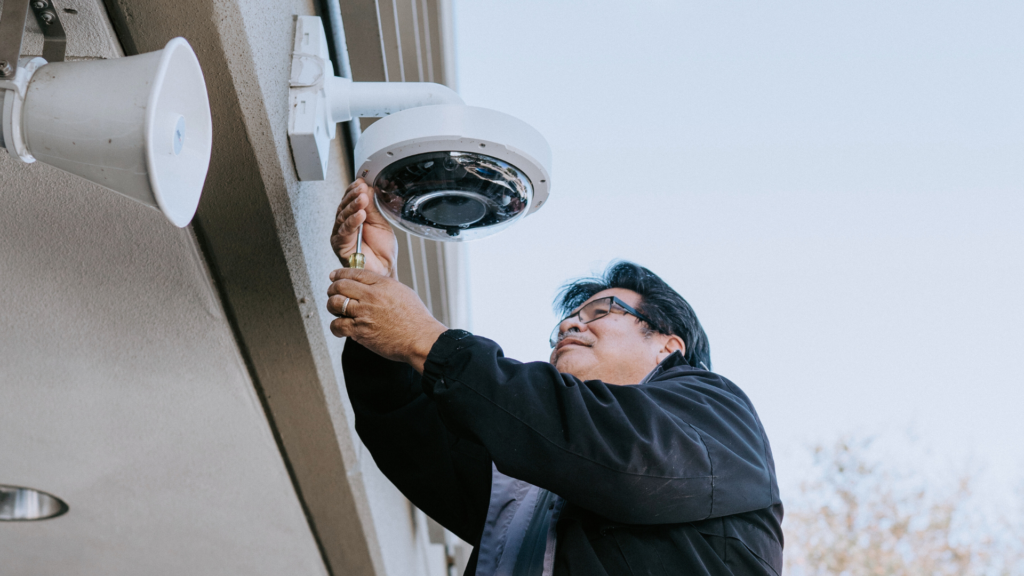
If you’re in a security leadership role, you probably have difficulty keeping up with the ever-changing threat and technology landscape. The rapid development of new technologies such as artificial intelligence (AI), Internet of Things (IoT), and 5G networks have made it increasingly difficult to keep up with new security threats and innovations.
On top of all that, 88% of U.S. businesses now experience more physical security threats, making it difficult for security teams to remain proactive while maintaining an effective physical security infrastructure.
While there are many things outside of your control, making sure your physical security system is up-to-date and aligned with your risk profile is something you can govern. In this article, we’ll explore five key signs that indicate it’s time for a physical security system update and how 3Sixty Integrated can help you navigate this critical transition.
Sign 1: Change in Your Risk Profile
As your organization grows and adapts to new challenges, so does its risk profile. A significant change in your risk profile is a good indicator that it’s time to update your physical security system.
Examples of risk profile changes by industry include:
- Manufacturing facility: A manufacturing plant expands its production capacity to meet growing demand. The increase in operations changes the risk profile, warranting a security system update such as increased access control to prevent equipment theft, ensure worker safety, and maintain production continuity.
Pro tip: Access control systems typically have a lifespan of 10-15 years after deployment. This is why it’s important to have credential technology that can last across various installations for an extended period.
- Medical facility: A medical facility expands to serve a growing patient population. The increase in operations changes the risk profile, warranting updated physical security measures, including upgrading video surveillance cameras to capture more details and adding cameras in areas that were previously out of view.
Pro tip: Upgrading to a newer video surveillance system can reduce or eliminate the need to store video on a hard drive.
- Education Institution: A university campus expands to serve a growing student population. The expansion includes a new building and a state-of-the-art auditorium. The change in operations requires additional surveillance cameras, upgraded access control systems, and event security equipment to support the increased number of visitors.
Sign 2: Gaps in Your Security Infrastructure
Even the most robust security systems can develop gaps over time. Outdated technology, blind spots in surveillance coverage, or inadequate access controls can expose your organization to potential threats. Recognizing and addressing these weaknesses promptly is crucial to maintaining a comprehensive security posture.
For the sake of brevity, here are three things that can done to assess potential gaps in your security infrastructure:
- Risk assessment: While this practice is frequently neglected or carried out hastily, a thorough evaluation aligned with ISO 27005 standards or guided by a skilled physical security integrator can unexpectedly shape your priorities and budget.
- Physical inspection: Closely tied to the risk assessment, a physical inspection of the facility will help you identify areas of vulnerability and determine the scope of your security needs. For example, if you discover that the existing perimeter fencing is not adequate for the size of the facility, this will be a major red flag that you need to address in the next step.
- Physical security systems audit: Conducting a physical security systems audit is the best way to ensure your security infrastructure works as intended and aligns with your security objectives. This step is particularly important if you have a complex security infrastructure that includes a mix of systems and technologies.
A solid picture of your security posture is important. Still, physical security is more like a puzzle than a checklist, so let’s look at the next sign that it may be time for a security system update.
Sign 3: Integration Challenges and Incompatible Technologies
In our interconnected world, outdated physical security systems are a recipe for disaster. According to the Uptime Institute’s 2022 Outage Analysis, the consequences and cost of downtime are worsening, with 60% of failures now resulting in at least $100,000 in total losses. The analysis also found that when major outages happen, over 85% of the incidents stem from staff failing to follow procedures or flaws in the processes themselves.
Translation? Soiled physical security systems will cause more problems than they solve.
Speaking of solving problems, here are three key signs that your physical security systems may be soiled:
- Lack of intercommunication: If your various security systems, such as access control, video surveillance, and intrusion detection, operate independently without sharing information or triggering responses across systems, it’s a sign of siloed security.
- Separate management interfaces: When you need to access and manage different security systems through distinct interfaces or software platforms, it indicates a lack of integration. This separation can hinder real-time monitoring, incident response, and the ability to correlate events from different sources.
- Limited data sharing: In a siloed environment, data sharing across security systems is limited or non-existent. For example, video footage from cameras might not be readily accessible to personnel managing access control, hindering investigations and response efforts.
Physical security systems are becoming more complex and intertwined, making integration more important than ever. Without proper integration, your operational efficiency will be limited, and your team will be bogged down in a sea of manual tasks.
Sign 4: Operational Inefficiencies That Hold Your Team Back
Make no mistake, manual processes, redundant tasks, and inefficiencies in your security operations will stifle your team’s productivity. Additionally, these inefficiencies can lead to errors, delays, and a frustrated security team that isn’t operating at its full potential.
Five examples of operational inefficiencies include:
- Manual Data Entry: Requiring security personnel to manually input data, such as visitor information or access credentials, into various systems can lead to errors, delays, and duplication of effort.
- Lack of Automation: Failing to automate routine tasks like system health checks, equipment maintenance scheduling, and access control updates can waste time and resources that could be better utilized for more strategic activities.
- Absence of Real-time Monitoring: If your monitoring processes are not real-time or lack alerts for critical events, security incidents could go unnoticed until manual checks are performed, causing delays in response.
- Lack of Data Analytics: Not utilizing data analytics to identify trends, patterns, and potential security risks can result in missed opportunities for proactively addressing security issues.
- Limited Mobile Access: If security personnel can’t access critical information or control systems through mobile devices, it can slow down their ability to respond to incidents when not at their main workstations.
Time spent managing these inefficiencies is time taken away from focusing on strategic security initiatives. By streamlining operations through automation and modern solutions, your team can allocate resources more efficiently and respond to incidents with greater agility.
Sign 5: Future Expansion Plans and Growth
As your organization expands, your security needs must scale accordingly. Relying on an outdated security system will limit your ability to adapt to new challenges and accommodate the changing demands of a growing enterprise.
Imagine your company’s humble beginnings as a small office housing only a handful of employees equipped with a basic access control system. Fast forward as your business flourishes, branching out into numerous buildings and accommodating a substantial increase in workforce. Without a scalable foundation, the security system you initially adopted will inevitably struggle to match the pace of your organization’s remarkable growth.
The result? Missed incidents and delays in response.
A forward-looking security strategy ensures that your organization is prepared to face the future confidently.
On the other hand, by upgrading to a scalable access control system, you’ll be able to:
- Adapt to growth: As you expand, a scalable system allows you to easily integrate new buildings and facilities into the access control framework, maintaining a consistent and unified security approach across your organization.
- Enhance incident response: A well-scaled system ensures that security incidents are promptly detected and responded to. This reduces the risk of unnoticed incidents and minimizes response time in critical situations.
- Support future technologies: Scalable systems often incorporate advanced technologies such as biometrics, mobile credentials, and cloud-based management. This positions your organization to take advantage of cutting-edge security solutions as they become available.
It’s Time to Determine if You Need a Security System Update
The rapid evolution of physical security, driven by technological advancements, IoT integration, and the rise of AI, underscores the need for organizations to upgrade their security systems. Recognizing the signs highlighted in this article and taking proactive steps to address them will put your organization in a position to take advantage of cutting-edge security solutions and maintain a strong security posture.
While it may seem overwhelming, a security systems evaluation is a critical step in the security upgrade process, and that’s where 3Sixty Integrated comes in. With our Rapid Assessment process, we dive deep into your security infrastructure. Our Proven Process provides actionable insights, helping you make informed decisions to optimize your physical security infrastructure.
Ready to take charge of your organization’s security future? Experience the power of our Proven Process. Contact 3Sixty Integrated today, and let us guide you toward a more secure tomorrow.
3Sixty Integrated is a Texas-based systems integrator that specializes in the design, installation, and maintenance of physical security technology. We partner with organizations who want to streamline their electronic security infrastructure. Additionally, as a division of The Cook & Boardman Group, 3Sixty Integrated and our sister branches have a nationwide reach and over 65 years of experience offering total opening solutions, from custom doors, frames and hardware to security integration technology. Contact us today to discover how we can help your organization find the most effective security solutions.

